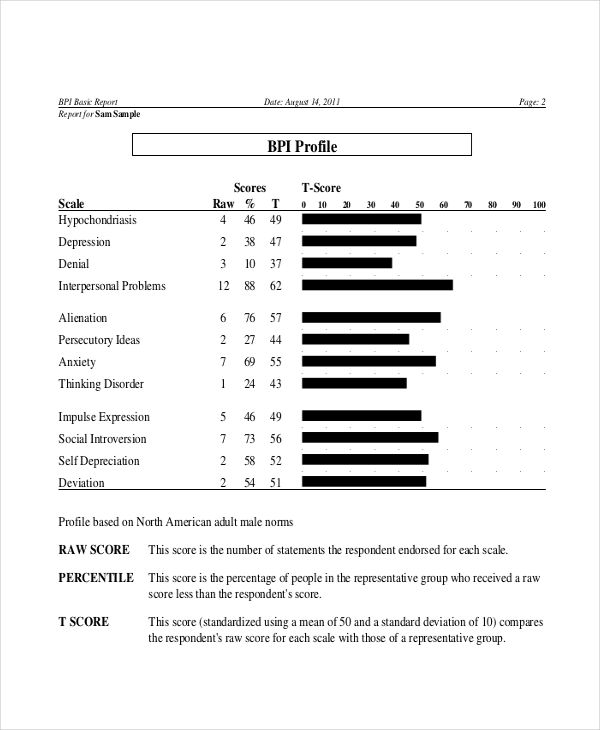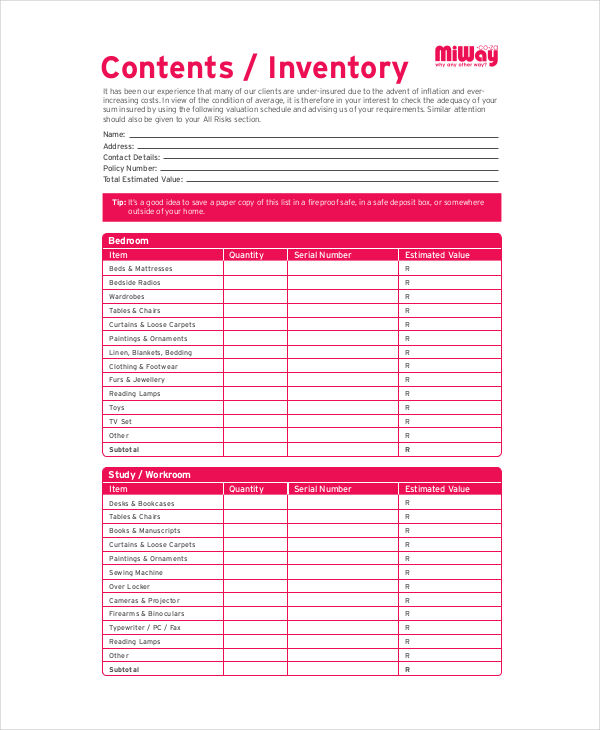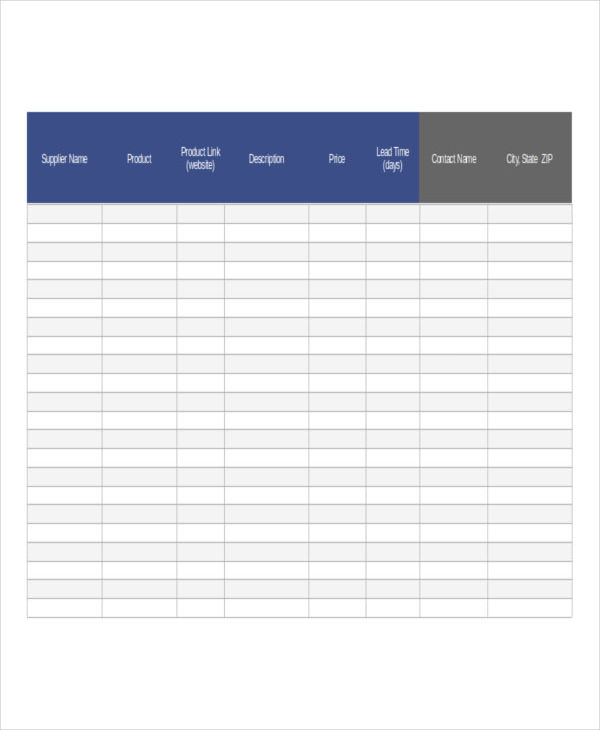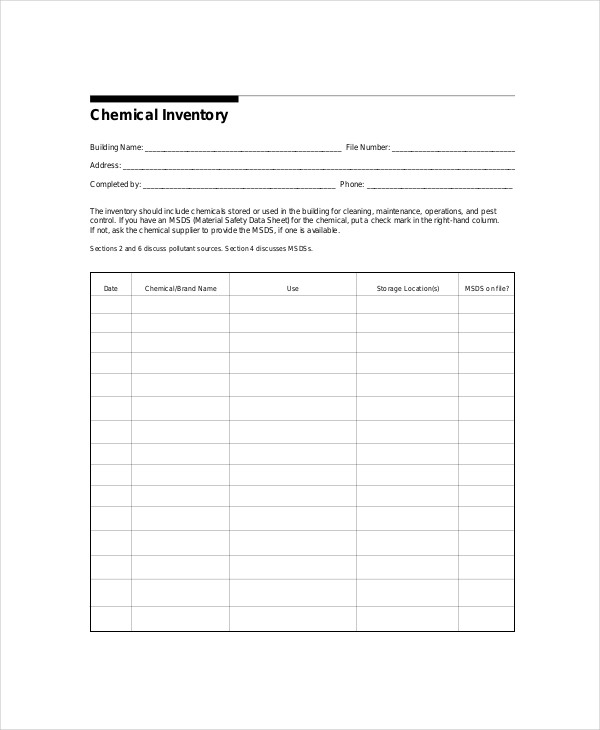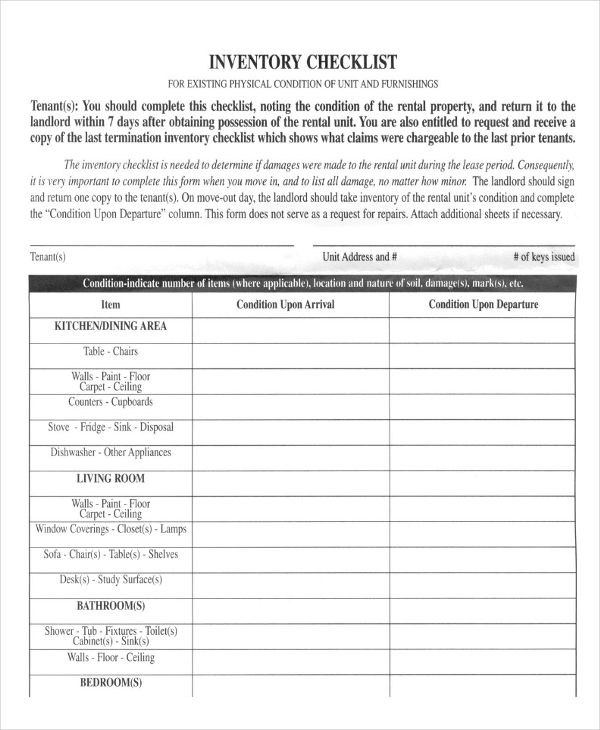7+ Simple Inventory Examples to Download
As a business owner, you are well aware that business operations go beyond selling a product and earning an income. It involves market sales and possible inventory example investments. Decision-making is a crucial process as a certain decision can either make or break a business. Companies must be mindful of the quality and quantity of their goods through proper inventory management. It can be stressful, but nothing is easy when you want to be successful.
Basic Personality Inventory
Inventory for Household
Content Inventory Example
What Is Considered to be an Inventory?
A business often uses an inventory to track assets and product stocks. It will be used to see what is missing, damaged, or in need to be replaced. We usually associate an inventory to physical goods held by a company. However, this is not always the case. There are different types of inventories namely: raw materials, finished goods, rental inventory, anticipation inventory,supply inventory and so much more.
How to Make a Simple Inventory?
A simple inventory is easy to make. The content may vary but the purpose stays the same. To make an inventory, you need to determine what you’re taking note of.
For instance, an equipment inventory would require a list of tools and material with their corresponding brand, serial number, condition, and the like. Adding a short description for each item will also make it easier for you to identify and locate the right item. You could use chart in PDF or various computer software and applications to conduct your inventory.
Stock Inventory Example
Inventory for Chemical
Landlord Inventory Sample
Simple Estate Inventory
Physical Inventory Example
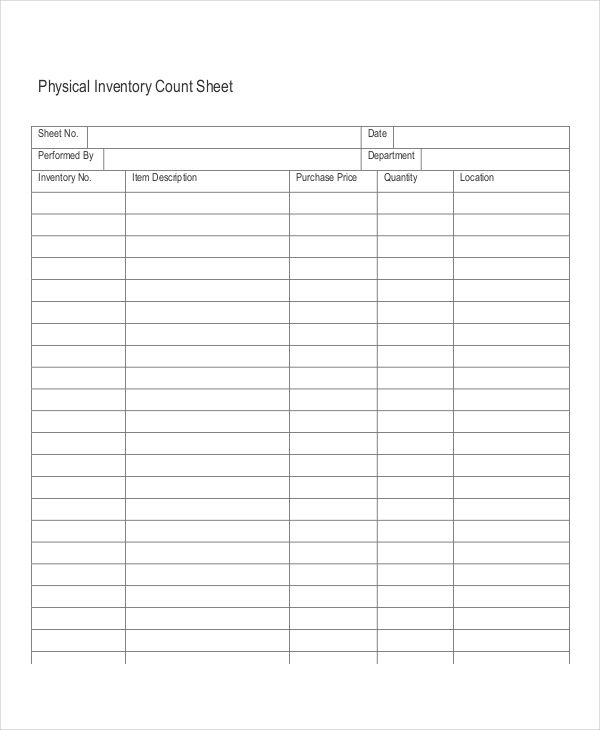
What Is Stock Control and Why Is It Important?
Being aware of what you have, where it is kept, and when incoming stocks will be shipped will allow you to improve business operations and avoid the possibility of overstocking and understocking.
Overstocking might seem like a good thing as you’ll have enough stock to last longer, but this is in no way ideal. An excess of goods tend to take up storage space. Goods that have an expiration date are likely to get rotten by the time they hit the shelves as well.
Understocking, on the other hand, will cause you to lose sales. Property inventory and proper stock control will help you maintain the correct level of goods stocked in your warehouse and increase customer satisfaction. .
Tips to Improve Inventory Management
Even with an inventory at hand, you need to be able to manage it properly. To do so, here are a few trips that you could take note of:
- Inspect the quality of goods. Low quality goods are a waste of company resources.
- Consider the frequency of producing or ordering products. When is the right time to stock up? This can be determined by calculating the safety stock levels for all of your goods.
- Monitor shipments. There may be instances when suppliers don’t deliver the stocks in terms of the agreed schedule and quantity. This may cause problems in your warehouse inventory and can eventually take a toll in sales.
- Be mindful about obsolete items. These are the goods that aren’t popular with your consumers. You can deal with such by setting promos and sales.



